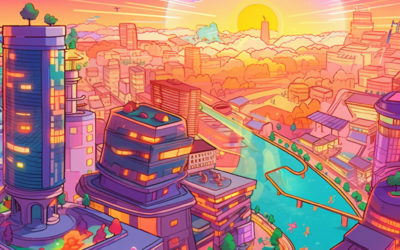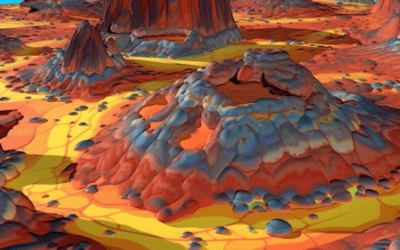What is the Difference Between Renewable and Nonrenewable Resources?
Growing Concerns about Our Resources
In today’s world, there is a growing concern about the resources we use to meet our energy and material needs. It is increasingly important to understand the difference between renewable and nonrenewable resources. These two types of resources play a significant role in how we sustain our lifestyles and protect the environment for future generations.
Renewable Resources
Definition and Examples
Renewable resources are those that can naturally replenish or regenerate over time. They have the ability to restore themselves to their original state within a reasonable period. Examples of renewable resources include solar energy, wind power, geothermal energy, hydropower, and biomass. These resources are virtually limitless and can be used repeatedly without running out.
Benefits
Renewable resources offer several advantages that make them environmentally friendly and sustainable. They produce little to no greenhouse gas emissions and have a significantly lower impact on global warming. They also help conserve natural resources, as their use does not deplete the Earth’s finite supply. Moreover, renewable energy sources can be harnessed locally, reducing dependence on foreign energy and promoting energy independence.
Challenges
While renewable resources offer numerous benefits, they are not without challenges. For instance, some renewable technologies can be expensive to implement initially, although the costs tend to decrease over time. Additionally, the availability of renewable resources can vary depending on geographical factors, making their widespread adoption challenging in certain areas. However, ongoing advancements in technology are helping to address these challenges and make renewable resources more accessible and efficient.
Nonrenewable Resources
Definition and Examples
Unlike renewable resources, nonrenewable resources are finite and cannot be replenished within a human lifespan. These resources exist in limited quantities and once they are used up, they cannot be replaced. Nonrenewable resources include crude oil, coal, natural gas, and uranium. These resources have been formed over millions of years and their extraction and usage have significant implications for the environment.
Impacts
The extraction and consumption of nonrenewable resources have several negative impacts on the environment. The burning of fossil fuels, such as coal and oil, releases large amounts of carbon dioxide into the atmosphere, contributing to climate change and air pollution. Additionally, the extraction of nonrenewable resources can disrupt ecosystems, destroy habitats, and contaminate water and soil. The limited supply of nonrenewable resources also creates concerns regarding future availability and energy security.
Transition to Renewable Resources
Recognizing the negative impacts of nonrenewable resources, societies around the world are increasingly transitioning to renewable energy sources. This shift is driven by the need to reduce greenhouse gas emissions, mitigate climate change, and promote sustainable development. Renewable energy technologies are becoming more affordable and efficient, making them viable alternatives to nonrenewable resources. Investing in renewable energy also stimulates economic growth, creates jobs, and fosters innovation.
Conclusion
The Key Differences
In summary, the key difference between renewable and nonrenewable resources lies in their ability to replenish themselves. Renewable resources can regenerate and be used repeatedly without diminishing supply, while nonrenewable resources are finite and once used up, cannot be replaced. The transition from nonrenewable to renewable resources is crucial for a sustainable future, as it ensures the longevity of our energy systems while minimizing the negative environmental impacts associated with resource extraction and consumption.












